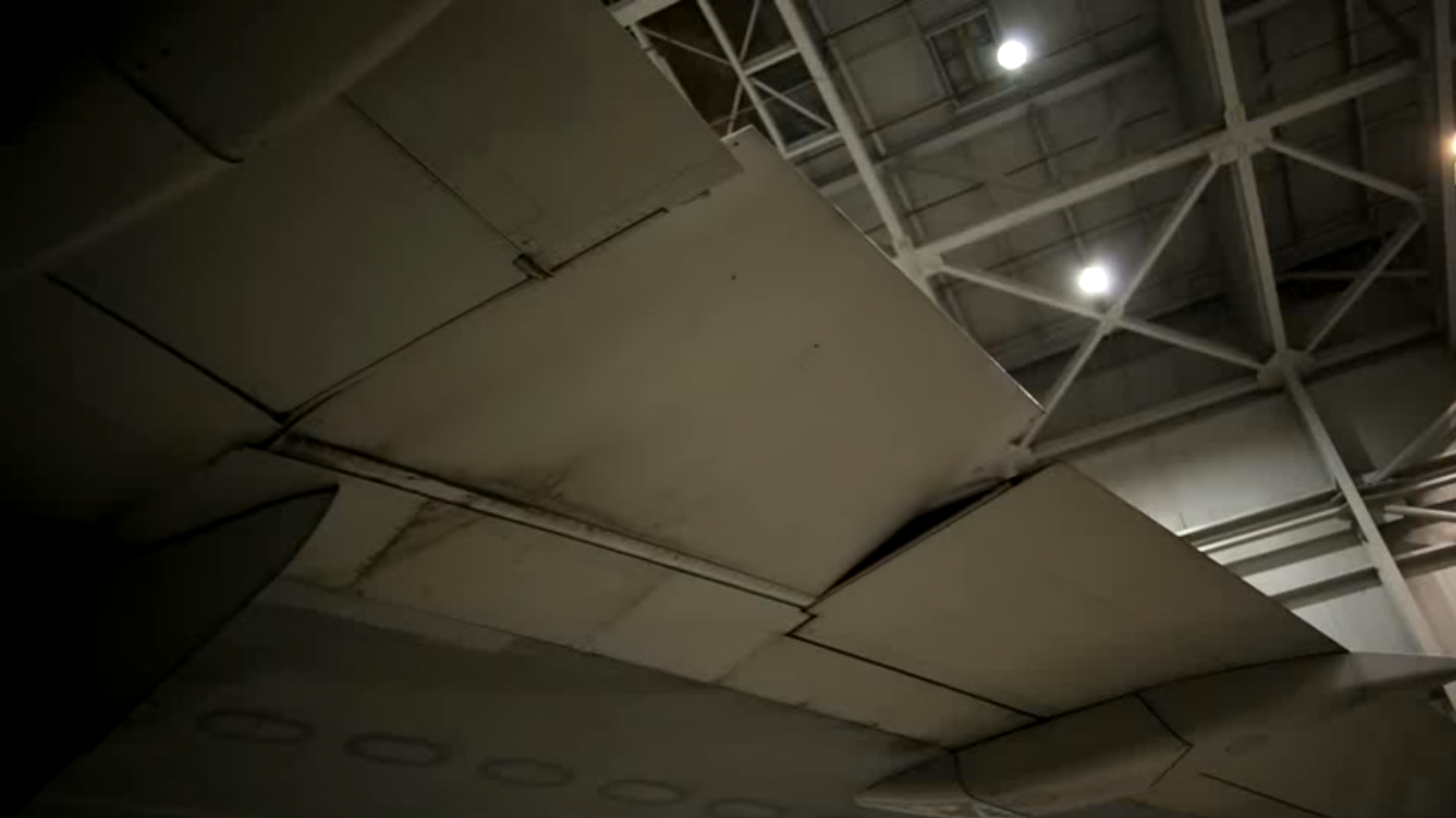In the UK, a Stansted Airport-based aviation engineering firm has been fined by the Health and Safety Executive (HSE), after serious injuries sustained by two technicians in 2015.
The men were carrying out checks at the tail, on mobile platforms on either side, when another employee inadvertently activated the plane’s airbrake. The brake shot open and knocked over both platforms, sending the men on a 10 and 15-foot fall, causing serious injuries – between them, a fractured pelvis, broken back, broken ribs, a punctured lung, broken wrist and a chipped spine.
Of course, the men were lucky to not be killed by the event. And the company, Inflite Engineering Services, felt the financial brunt – a fine of £160,000 plus costs of £5,492. On March 15, 2017, the company was found to be in breach of Sections 2 and 3 of the Health and Safety at Work Act 1974.
The HSE found that, “no suitable risk assessment was in place and there was a lack of effective monitoring.” And HSE Inspector Tania van Rixtel had found that incident was avoidable, saying, “Our investigation found the incident could have been avoided had adequate monitoring been taking place. Aircraft maintenance companies are reminded that not all risks are covered by the Aircraft Maintenance Manual and additional measures need to be introduced.”
Despite technically using the correct equipment for height access, a thorough assessment of their environment, a visibility of the third person whilst being in the vicinity of moving parts, and height access equipment that was designed to avoid such a situation may have helped reduced the incident’s severity.
Although not all risks associated with an incident like this are covered by the Aircraft Maintenance Manual, the HSE are requesting that additional measures be introduced. For height access, some suppliers are already developing products in anticipation of additional measures, offering the service of custom-designing and manufacturing hand manoeuvrable aircraft stands that contour with the body of the aircraft.
Aircraft maintenance equipment designers identify any unique protrusions on the airplane, as well as any points of danger where componentry can jut out suddenly, and design rails, steps or walkways to run around those points.
The Health and Safety Executive (HSE) is Britain’s national regulator for workplace health and safety. It aims to reduce work-related death, injury and ill health. It does so through research, information and advice, promoting training; new or revised regulations and codes of practice, and working with local authority partners by inspection, investigation and enforcement. www.hse.gov.uk








